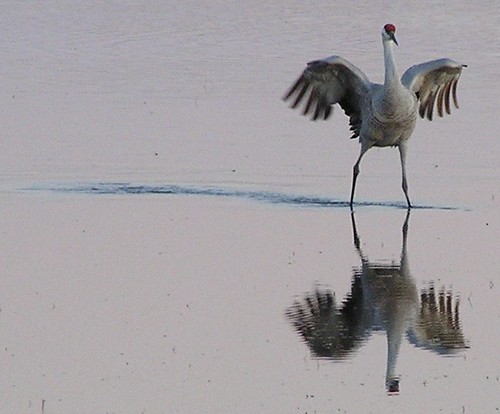News: In Montana’s Blackfoot Valley, ranchers learn to live with grizzlies, BY APRIL REESE, LAND LETTER
TWO CREEK RANCH, OVANDO, Mont. — When grizzly bears showed up on this sprawling ranch in the Blackfoot Valley in the 1990s, ranch manager Wayne Slaght was not happy. The new arrivals took down two calves, and several more over the next few years.
But now, almost a decade later, Slaght is no longer all that worried about grizzlies. An electric fence keeps the bears off the range, and under a local program any carcasses are removed to prevent the bears from becoming habituated to eating cattle.
“Living with the dang bears is a little awkward, but we’re learning to deal with it,” Slaght said, standing next to the electric fence. …
But the biggest challenge may be still to come. Wolves have begun to colonize the area, and many ranchers are worried.
“That’s a whole different cat,” Slaght said. “Wolves are just killers.”
Wilson said he is unsure how the challenge will go about trying to help the community live with wolves. “There aren’t many examples of people coexisting with wolves,” Wilson said. “How to coexist with them? I don’t know.”
http://www.redlodgeclearinghouse.org/news/06_14_07_blackfoot.html
Montana’s ranchers learn to live with grizzlies (unfortunately, it took miles of fencing), but not with wolves. Well, they say that now, though they said the same of grizzlies. mjh

